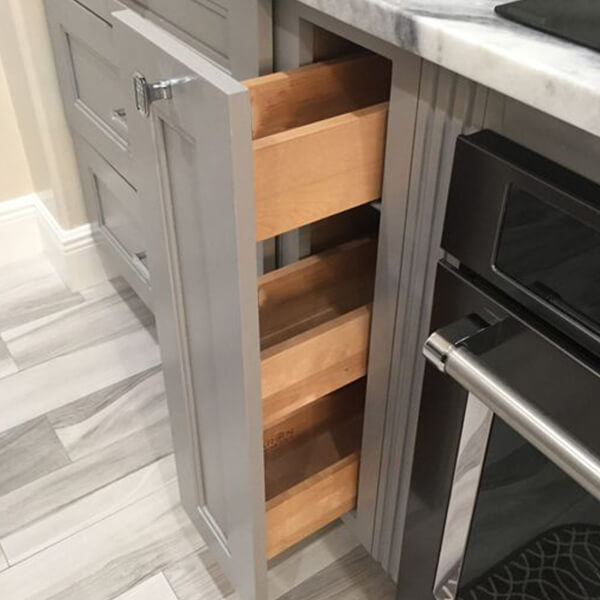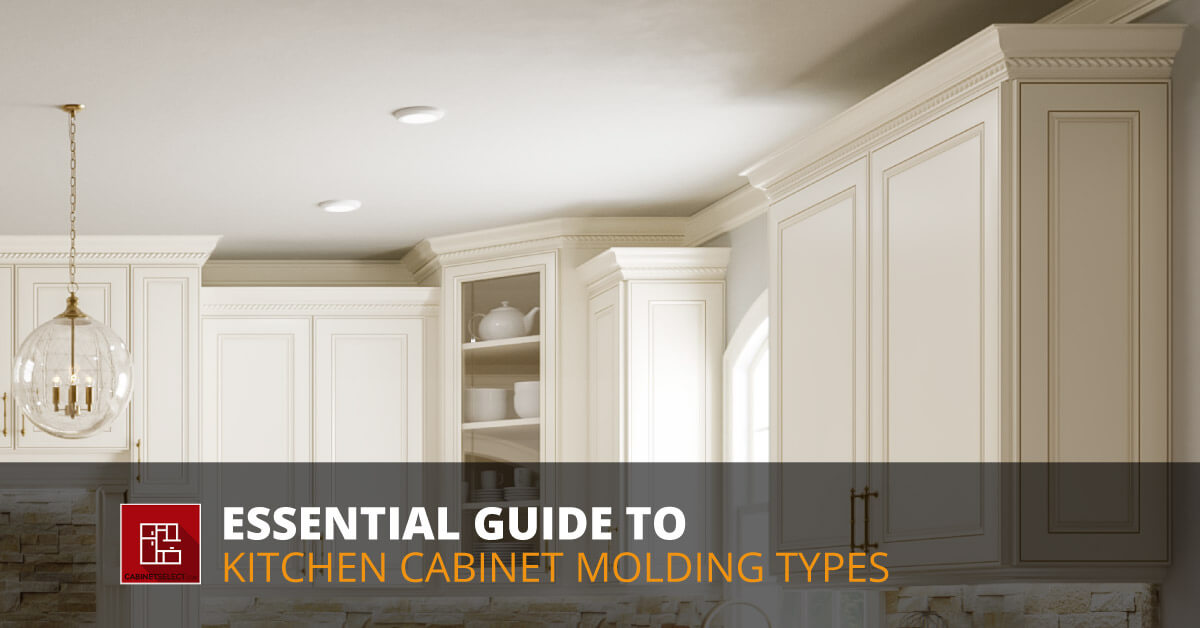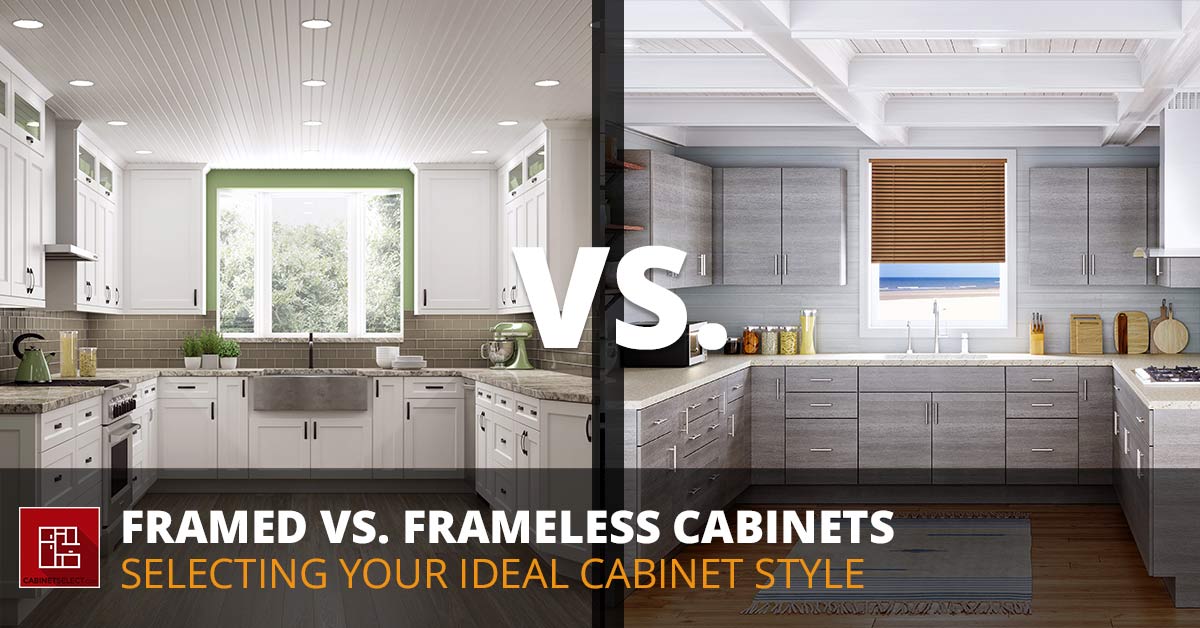
5 Practical Tips on Designing Useful Kitchen Layouts
If you are designing a new kitchen or renovating an existing one, deciding how to organize your kitchen takes some thought.
There are a lot of factors to consider, drawer and cabinet size, distance from the counters to the stove or sink, and how easy it will be for you and multiple people to move around. You need to be able to get into cabinets you often use and be able to open drawers and still have room to get by.
To help us get the most out of a kitchen layout, I’ve asked CabinetSelect kitchen cabinetry pro (and my bro) Alex Alexakis for help.
Alex has worked with many clients and has designed beautiful and functional kitchens. He believes it’s important to have a kitchen layout in mind before deciding on cabinets or appliances, and I agree. You spend a lot of time in the kitchen, it’s important to create a usable workspace and family gathering area everyone will love.
Here are five practical tips Alex uses when designing kitchen layouts.
1. Where to put the slow cooker Grandma Gertrude gave you
If your family is like most, you probably have a number of bulky appliances that either take up space on your counters or are stored in hard-to-reach places.
If you use blenders, mixers, and slow cookers frequently but not daily, think about adding “cabinets over your refrigerator or a top-shelf in your pantry to accommodate these items,” says Alex.
“They’ll be within reach without taking up precious space on your counters.”
2. Stash unsightly trash cans by the sink
No one likes to look at a trash or recycling container but the reality is, every kitchen has them. If you can install a roll-out trash and recycling bin inside your cabinets and close to your sink, it’s will hide those unsightly containers.


Sorry, we can’t do anything about getting Junior to empty the trash, but at least it won’t be an eyesore in your beautiful kitchen.
3. Lose less cutlery
When my brother shared this tip with me, I had an “ah ha” moment! Alex recommends storing forks and knives in a top drawer near the sink, which should also be close to the roll-out trash can.
Why? The less distance your cutlery has to travel, the less you lose. I’ve often wondered if there are cutlery gremlins in our home; now I know we’re probably scraping food and forks into the trash!
4. Prioritize the space around your stove
Pots and pans can be hard to stack and come in awkward sizes. Think about your cookware and how much space you’ll need to store it as you design the cabinets around the stove.
A cabinet with a lazy Susan or a two-door base on either side of the stove can be used to maximize space for cookware, cookie sheets, and large serving large platters.
5. Make it easy to reach spices and utensils
If your family cooks with a lot of spices, this tip Alex shared is a must-read!
If you have space around your stove, design one of the top drawers with a slanted or pull-out drawer organizer to hold your spices. You need to be able to see what you’re grabbing and avoid spicy mistakes in the kitchen.
It’s also a good idea to have a second top drawer to hold longer utensils. You need to be able to grab both when cooking so this keeps them within reach.





